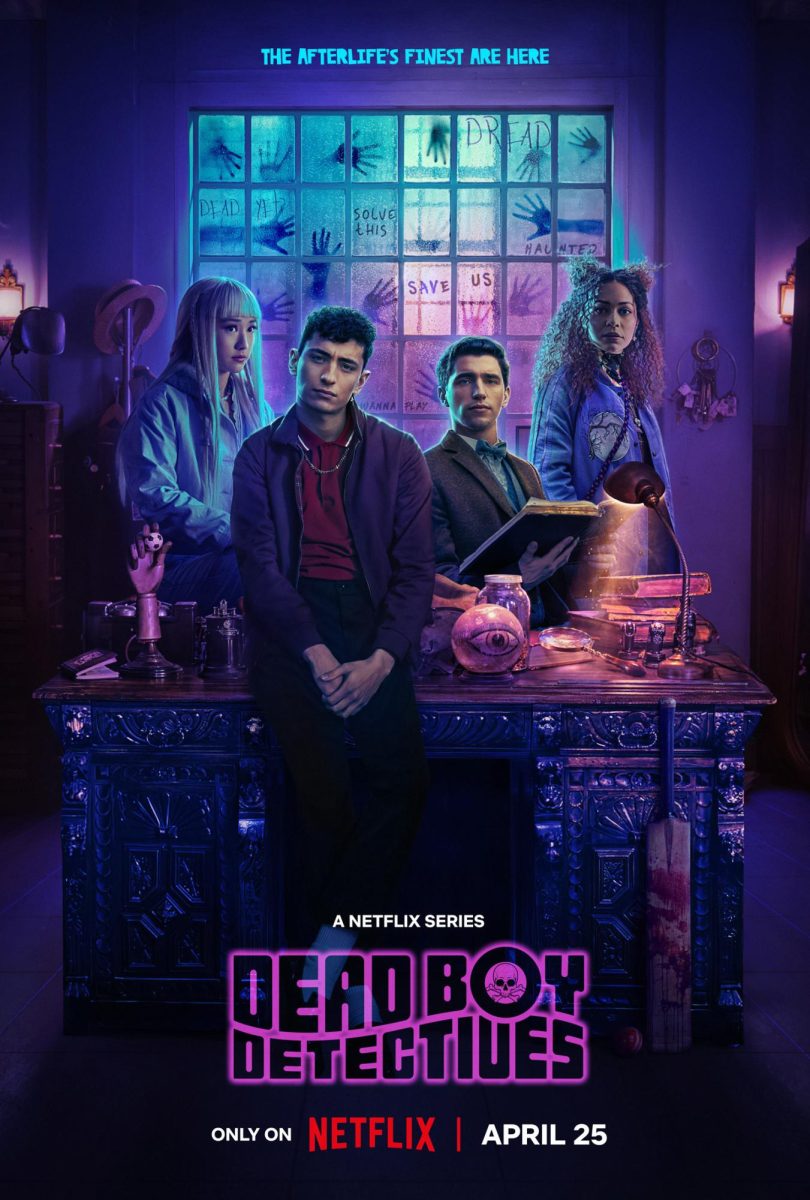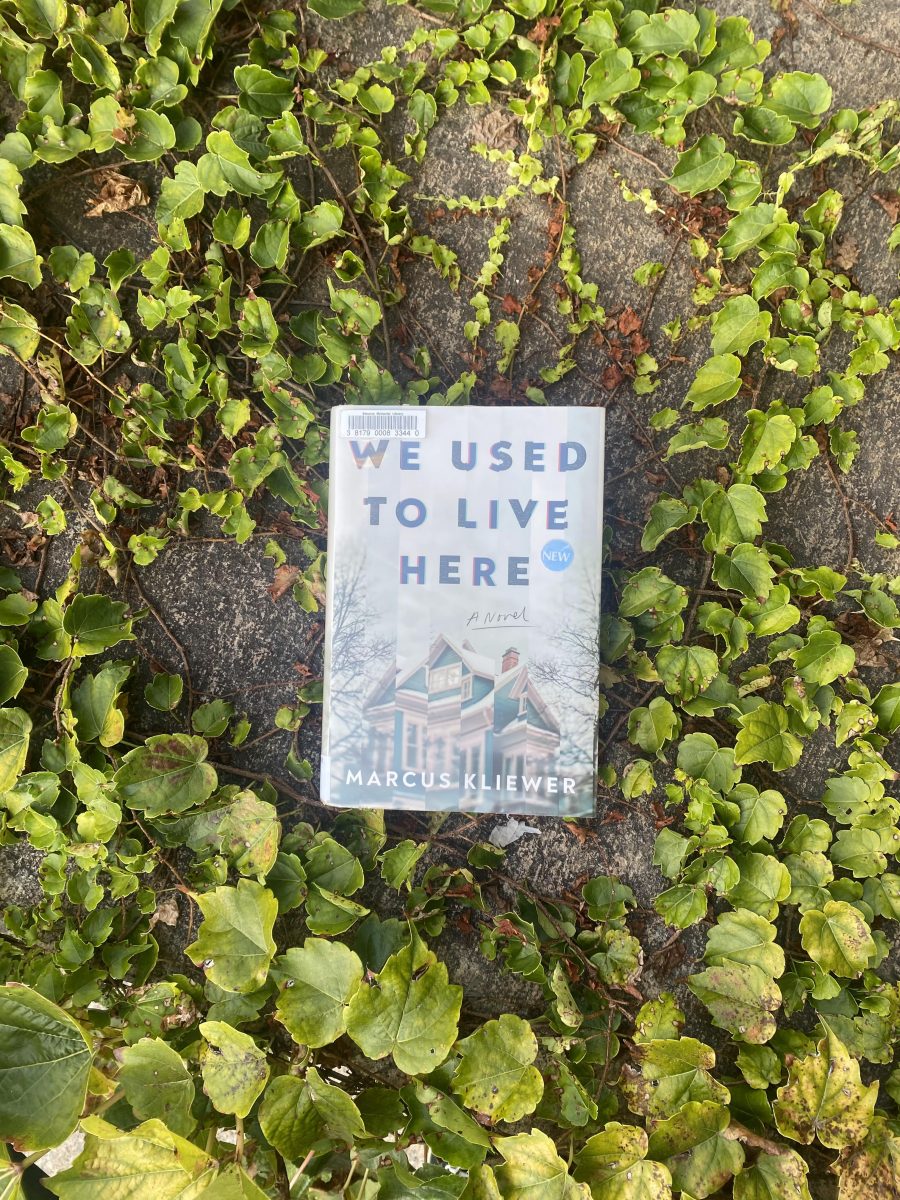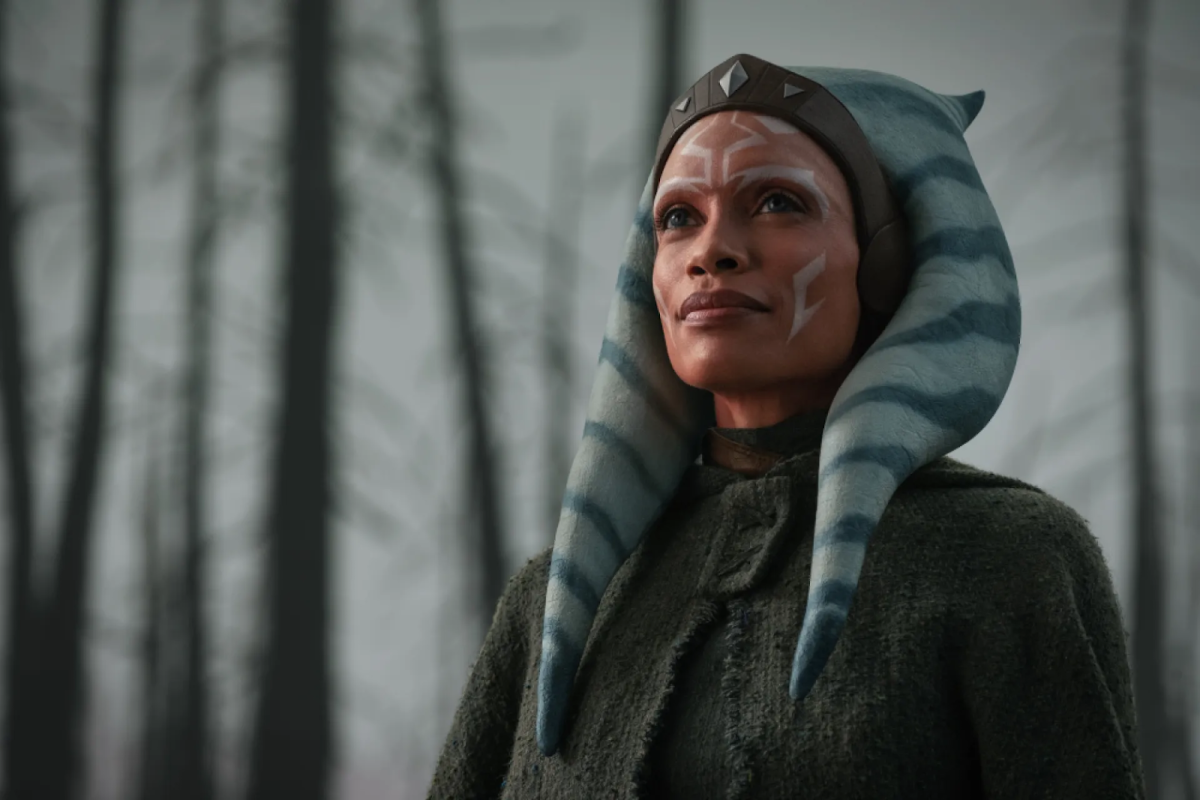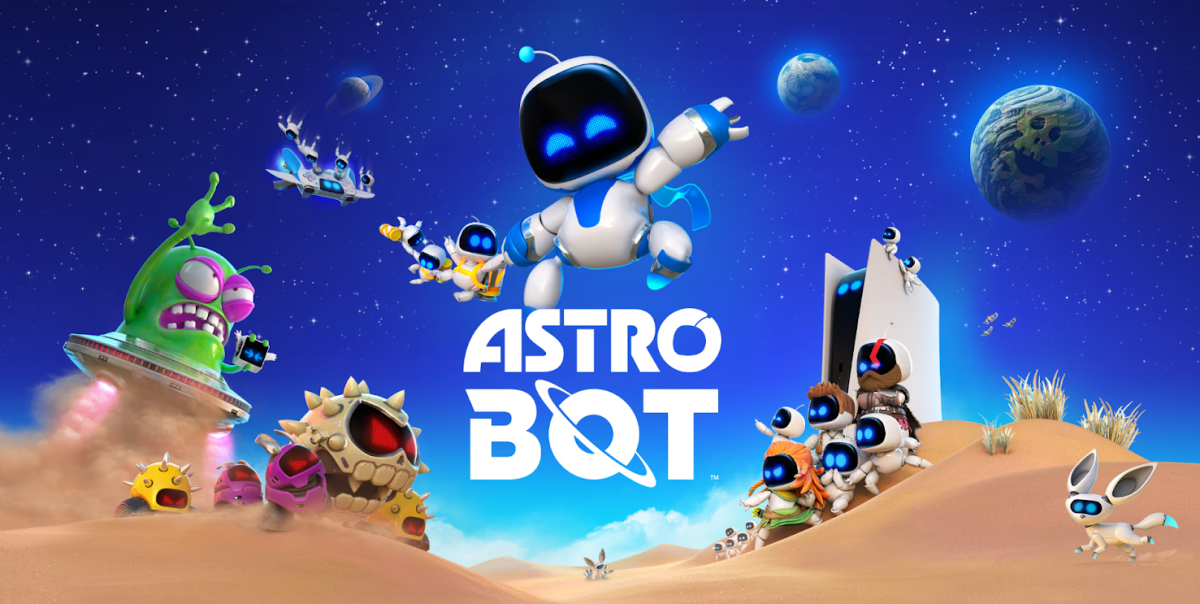
By Will Gasson
“Alice in Wonderland,” Disney’s newest adaptation of a classic, hit the big screen over a month ago and is still in the Top 10 at the box office. The PG-rated film, directed by Tim Burton, has bought in an estimated $800 million worldwide so far; it is set to be released June 1 on DVD and Blu-ray.
Burton’s version of the classic, which combines live action and animation, brings Alice back to the rabbit hole that she had been dreaming about for more than 10 years.
The film begins with Alice at her own engagement party, in England in the late 1800s. After falling into the rabbit hole, she was tested to see if she was the “real Alice” who could save Wonderland from the evil Red Queen. All of the original characters were covered well, including another brilliant role by Johnny Depp, who played the Mad Hatter.
The film attracted a varied audience. There was the older generation, who had seen the original film; young children, who wanted to see the next big Disney movie; and people who just wanted to see the film because of all the hype.
Many thought that this fantasy-adventure film would be a complete thriller, with extremely bright colors and abstract ideas. The film did deliver on these expectations, but it didn’t stop there.
Burton, the talented director, showcased his typically dark and ominous style in several scenes. The first to come to mind is the sequence when Alice is walking to the home of the Mad Hatter. Burton went with a nearly pitch-black path, with strange-looking plants and a dreary landscape. This was effective because it showed Alice’s inability to cope with a new area as well as her solitude during the scene.
Burton also used a brightness that was as close to an acid trip as one can imagine in watching a film. His use of color in portraying mushrooms and other exotic plants delivered the image that most were expecting.
But did the film live up to the hype? Yes, it did, for several reasons.
The contrast between bright colors and basic colors like black and white was perfect for what Burton was trying to do. The bright colors stimulated the brain of the viewer, while the dark colors suggested fear that Alice was experiencing, getting the viewer into the film.
Also, the story line was typical of Disney: a character who triumphed through all setbacks and odds, to become the hero that she needed to be.
As viewers we must remember that it is a Disney film, and was made for children. Overall, the animations, color contrast and storyline helped “Alice in Wonderland” connect with all of its viewers; it is an instant Disney classic that people will enjoy for years to come.
Categories:
'Alice' stuns box office
April 18, 2010
0





